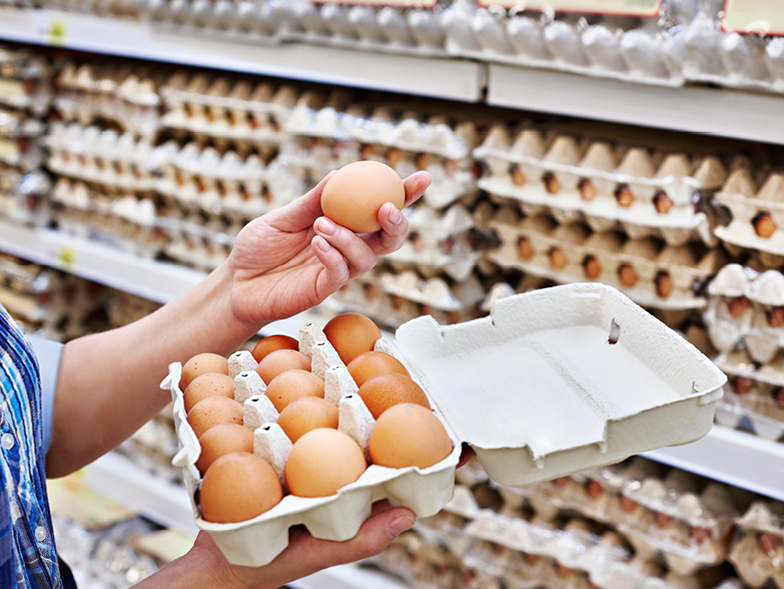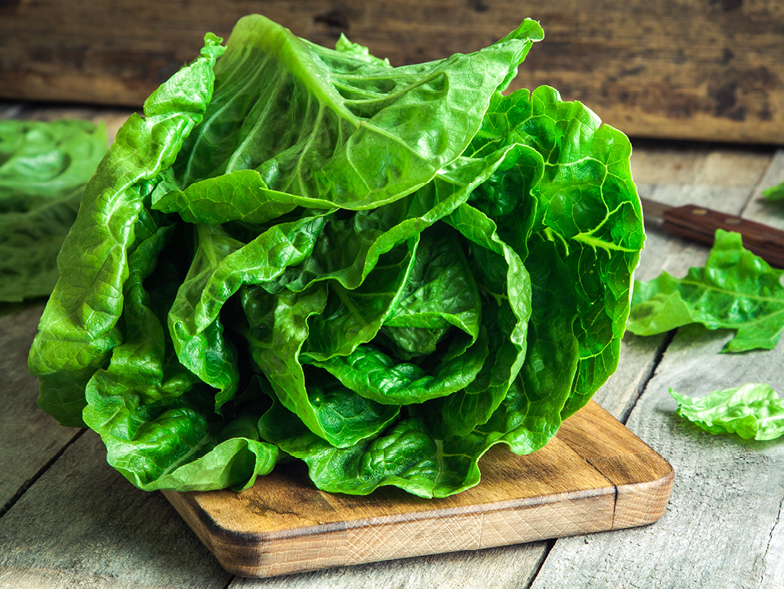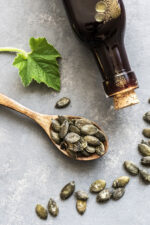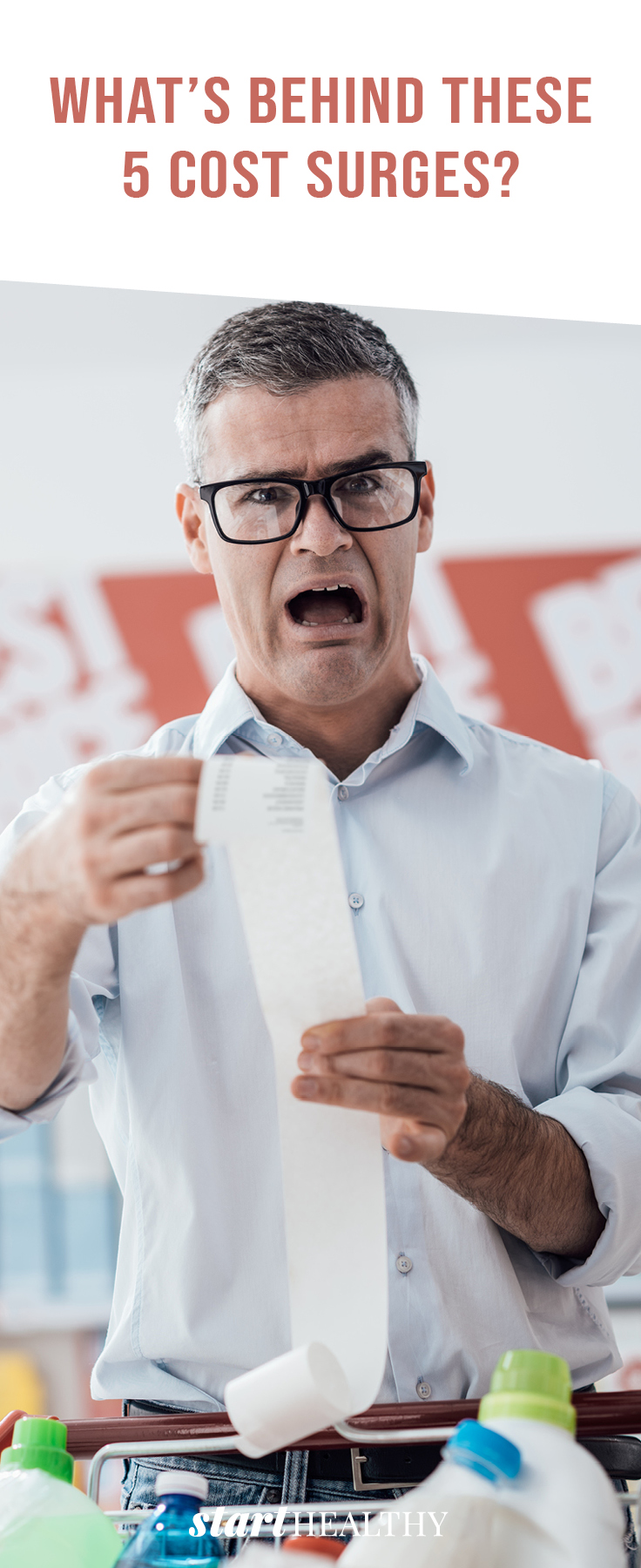What’s Behind These 5 Cost Surges?
It’s no news to anyone that costs of living across the country are higher than ever. As the dollar’s buying power dwindles, everyday necessities like eggs and milk have become more expensive. But surprisingly, there’s more at play here than mere inflation, the obvious scapegoat for price increases at food outlets across the board, including grocery stores, restaurants, and meal prep services. In fact, prices of products have actually swelled faster than the rate of inflation.
So what’s really to blame? Take a look at the following food and beverage goods to find out why they’re really so expensive now. And if you’re eager to save on food costs this coming year—or at least until prices go back to more reasonable levels—consider the suggested alternative to these five costly items.

Eggs
This staple of the American diet and extremely common recipe ingredient has become far less affordable. Restaurants diners and grocery shoppers alike are feeling the pain as the price of eggs ballooned 59.9 percent between December 2021 and December 2022. This means seven eggs now cost roughly what a dozen cost one year ago.
While inflation has had a slight hand in this effect, the real culprit has been avian influenza, or the “bird flu,” which unleashed its deadliest outbreak on record in 2022. According to a CNBC report, this lethal and highly contagious disease killed tens of millions of hens raised to lay eggs. “It’s a supply disruption, ‘act of God’ type stuff,” said Brian Moscogiuri of California-based egg supplier Eggs Unlimited. With fewer eggs being produced, the supply shortage has resulted in spiking consumer prices.
Buy instead: If you’re still craving a morning omelet, consider using an egg substitute like JUST Egg, a flavorful and potentially more affordable option made of veggie-based ingredients including potato starch. For baking purposes, try an affordable swap like applesauce or a mashed banana.
Flour
Even pantry essentials like flour have become more expensive in the past year, rising as much as 23.4 percent globally. This affects not only the cost of raw flour but also the costs of goods made with flour, which are immensely common. This means producers of bread, baked desserts, and fried foods are hiking prices to offset these supply costs.
Again, one could readily blame inflation, but the war in Ukraine is actually a more significant factor. Both Ukraine and Russia are major producers and exporters of wheat (which is milled to make flour), producing as much as 28 percent of the world’s supply. The war has disrupted ordinary operations like the shipment of goods and the spring wheat planting season, leading to a combination of market uncertainty and reduced supply that has seriously impacted prices.
Buy instead: Choose alternative flours made from chickpeas, almonds, or amaranth, which, though often costlier, may be more affordable now by comparison. You can also stock up on flour and cook and bake foods at home. While this may seem like embracing the price hike, preparing your own foods is still more affordable than buying premade meals or dining at restaurants.

Lettuce
This has historically been one of the cheapest food items at the grocery store, but even these simple green leaves are in high demand these days, leading to a price hike of nearly 25 percent. And some varieties of lettuce, like romaine hearts, are as much as three times costlier than they were a year ago.
What’s responsible? Blame the impatiens necrotic spot virus (INSV), an incurable disease spread by insects that has caused farmers to lose up to a whopping 80 percent of their lettuce yield.
Buy instead: By no means should you skip your vegetables due to rising prices; instead find cheaper alternatives. For example, kale has avoided the effects of INSV and is now more affordable than other varieties of lettuce. Plus, it’s a bonafide superfood. Also consider switching to other fresh ingredients like cucumbers for your sandwiches and salads.
Dairy
Nearly every product sourced from cow milk, from butter to cheese to yogurt, are priced up to 31.4 percent higher than in December 2021. As you might guess, there’s a problem with the source material; the ten-month period from September 2021 to June 2022 saw significant drops in milk production, leading to a slower production of milk-based products. Worse, a declining supply of wheat means cattle feed is in high demand too. Now consumers are paying the price for the supply drop.
Buy instead: Try affordable milk substitutes like oat milk for your bowl of cereal, and use nondairy margarine for cooking purposes. As for cheese, you can save money by shopping generic. According to Reader’s Digest, you can save as much as 45 percent on cheese by choosing humble products in the dairy aisle over the fancy options in the specialty deli displays.
Bottled Water
Do you prefer bottled to tap? You better be willing to pay about 3,000 percent more per gallon for it. This one of the most overpriced products in the grocery store—and it’s even pricier when purchased from restaurants and cafés. So why is bottled water more expensive today? There are several explanations, including consumer demand, increasing concerns over the quality of tap water, and attractive packaging that advertises a luxury beverage.
But the belief that bottled water is healthier or purer is in fact a myth. According to a Food & Water Watch study, bottled water may not be cleaner than ordinary tap water. They also found that tap water is more rigorously tested and regulated than bottled options, meaning you may be paying exponentially more for impure water—not to mention causing environmental damage from all those plastic bottles.
Buy instead: If you’re concerned about the quality of your tap water, invest in a home filtration system, which pays dividends by offering ample clean water at home. And if you want to store up water for emergencies, by bulkier containers, as they may be cheaper per gallon than individual bottles. Prices are skyrocketing for several necessities, even beyond what’s on this list, so crossing unnecessary products like bottled water off your shopping list may be the best thing for your wallet.


















